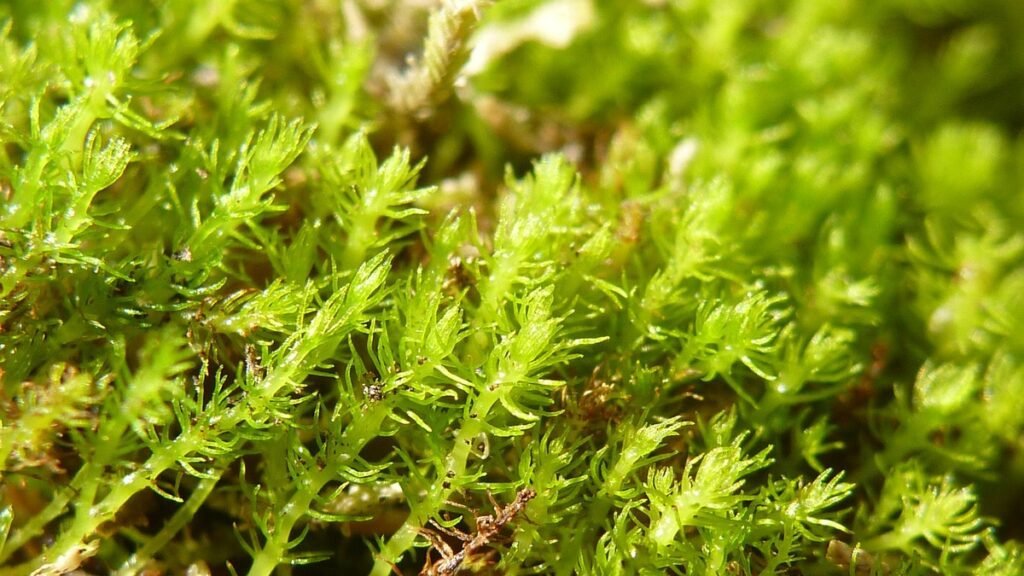Takakia: the world’s oldest plant to prevent extinction
In the highlands of the Tibetan Plateau, amazing varieties of moss thrive in the midst of cold, harsh winds and unrelenting ultraviolet light. Takakia. This unassuming plant is over 390 million years old and holds the title of the world’s oldest plant species. Its existence is a testament to its resilience and adaptability, which has allowed it to survive some of the most turbulent times in Earth’s history, including meteorite impacts and continental shifts.
global presence
Although its main habitat is the Tibetan Plateau, Takakia’s range extends far beyond. It has found habitat in the rugged terrain of the Himalayas and the diverse landscapes of the United States, Canada, Taiwan, Borneo, Japan, and the remote Aleutian Islands. This plant’s unique adaptability allows it to thrive in a variety of climates and conditions, demonstrating its amazing evolutionary potential.
Adaptable extreme survivor
Takakia’s survival strategy is rooted in its ability to adapt to extreme conditions. This plant has evolved to withstand the limited oxygen, biting cold, and high ultraviolet light that come with the Himalayan environment. This environment was formed by the powerful collision between the Indian and Eurasian tectonic plates some 65 million years ago, and provides a difficult but nurturing home for this ancient moss.
Ancient origins and unique physiology
Discovered by botanist William Mitten in the 1950s, this ancient moss was initially mistaken for liverwort. However, subsequent research revealed its true identity. Physiologically unique, Takakia’s small leaves, approximately 1 mm in size, absorb water and carbon dioxide directly through their cells. This avoids the need for stomata and reflects a primitive feature of Earth’s earliest plants.
threat to existence
Despite its solid past, Takakia currently faces imminent threats to its survival. Mosses are endangered because they reproduce slowly and their spores are difficult to spread. Modern environmental changes, combined with these unique challenges, pose a serious threat to the survival of this ancient species. As we move forward, it is important to understand and protect these remarkable sites of Earth’s history.
